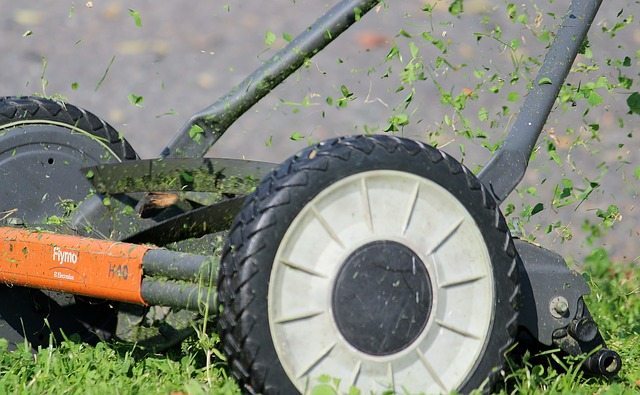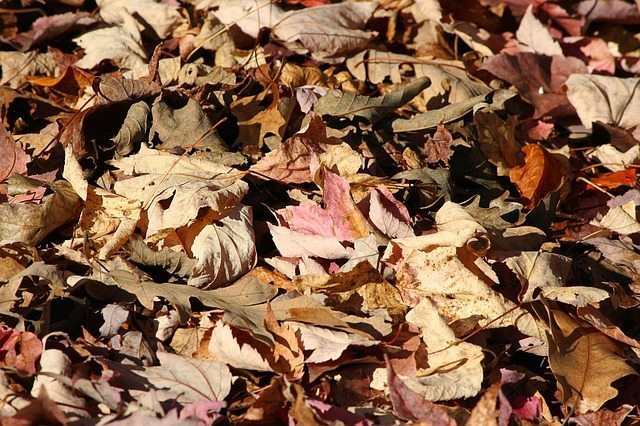The last thing you will want to think about during the colder months is tending to your garden. Yet, the way you treat a garden during fall and winter will determine its health in spring and summer.
So, if you want to enjoy a lush, healthy garden in the warmer months, you cannot neglect it come winter.
For this reason, here are our top winter lawn care tips to create happy, healthy grass all year long.
Click to read what you'll find in this post
Tips for Lawn Care for the Winter
For this reason, here are our top winter lawn care tips to create happy, healthy grass all year long.
1. Seed Your Garden Lawn for Continual Winter Lawn Care
It is common for turf roots to grow at a considerable rate in the fall and winter.
Many people often pick an inexpensive seed for their lawn but unfortunately, some cheap seeds can contain weed seed, hollow husks and rye grass seed.
So, if you want to enjoy healthy grass in the summer months, it might be wise to invest in a more expensive seed.
That’s because it is often more resistant to disease, drought and insects.
Once you have planted the lawn feed, you should water the grass every day for it to germinate, which should take between 10 to 20 days.
2. Keep Mowing

Winter lawn care is just as important as summer/spring lawn care. Here are also some autumn lawn care tips.
You should continue to mow your garden even when the colder temperatures arrive – think, ‘keep mowing as long as the grass is growing’.
Try to keep your grass between 2 to 2 and 1/2 inches tall during fall. (make sure you adjust the mowing height depending on your lawn type and the level of direct sunlight it receives)
Any longer and it may start to mat, which can result in disease issues caused by winter, such as mold.
Yet, if you mow it any shorter than 2 inches, it will be unable to store food for the lawn’s growth throughout the winter.
3. Fertilise the Lawn in the Late Fall
It is advisable to fertilise your lawn in mid to late Fall.
By doing so, you will be able to fertilise before it gets too cold, which will allow the grass to absorb nutrients.
The lawn will then store the nutrients throughout the colder months.
So, you don’t have to worry too much about winter lawn care.
Not only that, but lawns fertilised in the late fall will often be the first to grow once spring arrives.
For best root growth, select a lawn fertiliser high in phosphorous (10 to 15%). This will aid the promotion of shoot and root growth.
If you live in a location that bans phosphorous, find a nitrogen-rich alternative.
4. Turn Leaves into Mulch
During the colder months, old leaves, debris and dead grass will freeze and thaw.

When they do so, they will release soluble phosphate and nitrates forms.
Once the ground starts to thaw for spring, the chemicals will run off and make its way into the surface water.
So, you should try to rake away as many leaves as possible ahead of the first frost.
This will reduce brown patches on your lawn, as the leaves can result in areas being sun-deprived.
What you shouldn’t do is throw away or burn the leaves. Instead, run over the leaves with the lawnmower a few times until they turn into a mulch.
You could even buy a mulching blade that you can attach to your mower.
What’s more, decomposed leaves will also help to create an organic matter that will feed the roots.
Ready to Implement our Winter Lawn Care Tips?
We hope these winter lawn care tips will help you work on improving your lawn this winter – great summer gardens are made in winter!
Don’t have time to carry out all the winter lawn and garden care tasks your property needs? Give our team a call, we work all year round helping our client’s gardens stay healthy and beautiful – no matter the season.
Contact us here or call us on (08) 6263 4645 to book in a lawn and garden care service in Perth today.

